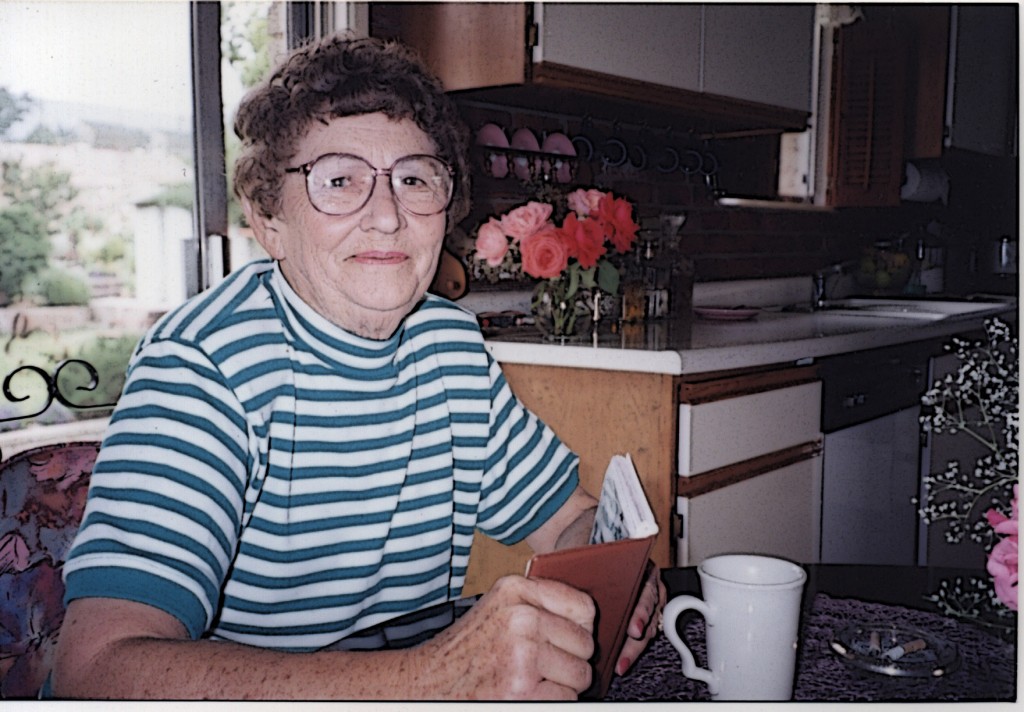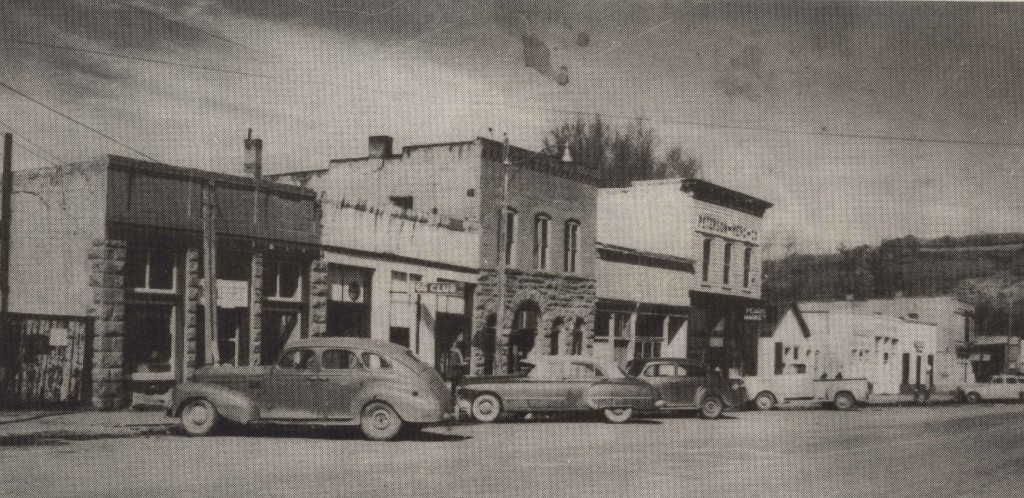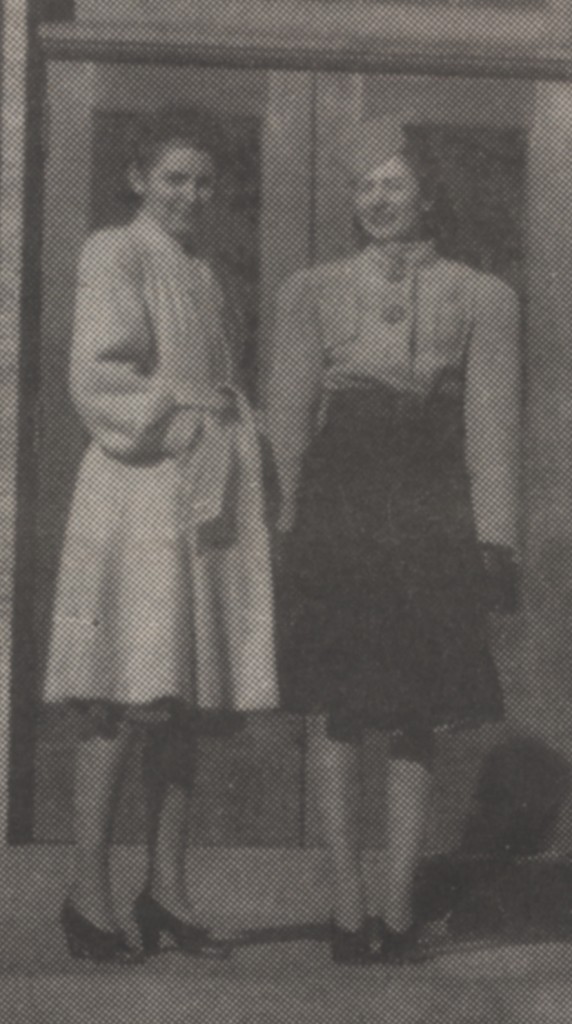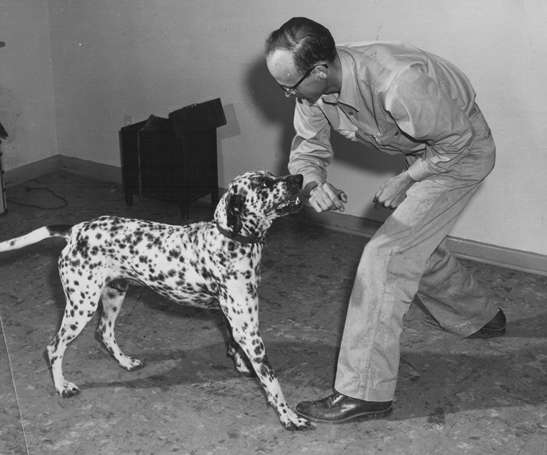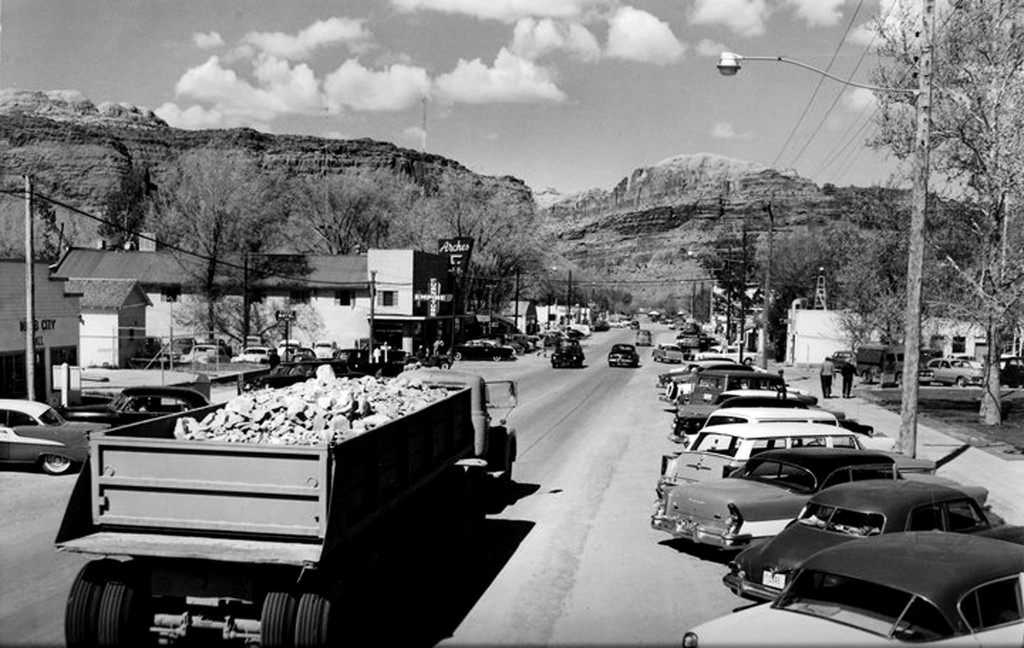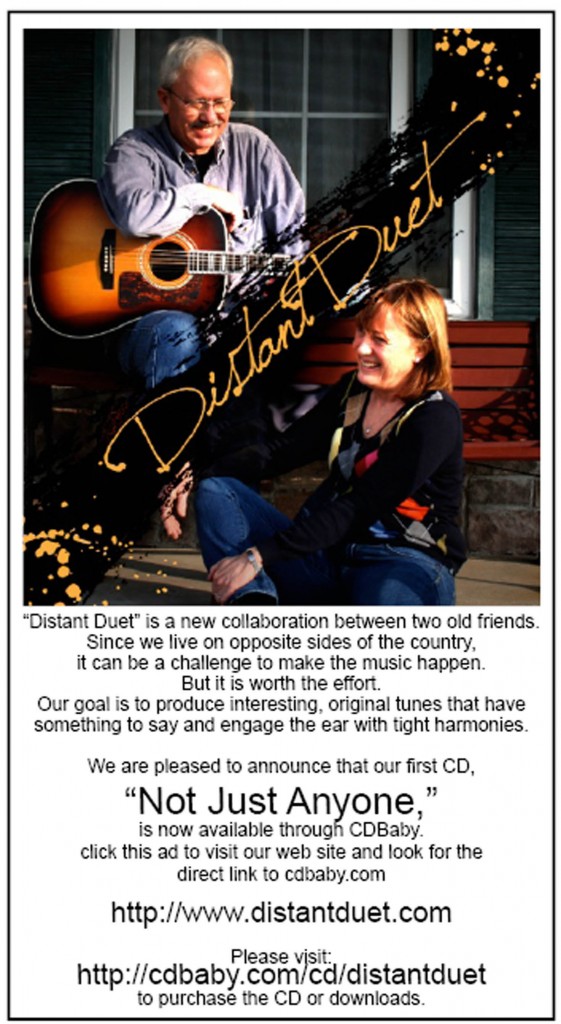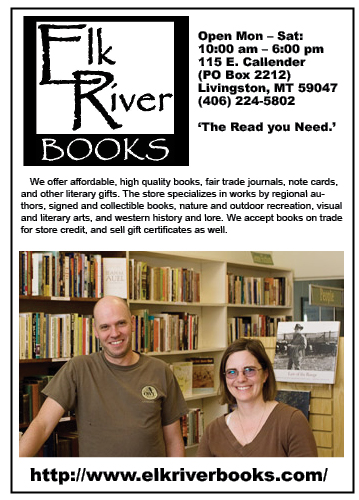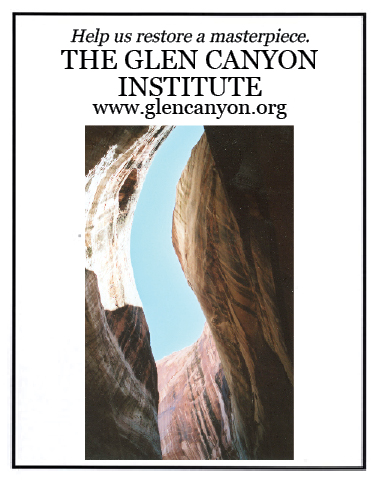In October , The Zephyr re-posted an interview with longtime Moabite MAXINE NEWELL, from the summer of 1995.
Here is Part 2…
After World War II, Maxine married Hub Newell. They lived in Green River for awhile where Hub, an engineer, worked on the construction of the new Green River bridge…
Zephyr: Once the war was over, when did you move to Moab?
Maxine: I moved to Moab in the early 50s. Charlie Steen had already hit the strike, but nobody knew how big it was. My dad said, there’s something interesting going on down there. They tell me this man named Steen has hit something big. And he said, history’s history…try to get acquainted with him while you’re in Moab because I think he’s going to write some history. By the time we got here it was already getting crowded. But it was Charlie’s announcement that really created the grand rush. They had been mining the uranium here all through the war for the atomic bomb, not knowing what they were mining it for.
When did you meet Charlie Steen?
My birthday is the same as his; we were born on the same day of the same year and that happened to be mentioned one time, so we had a party. It sort of destroyed my faith in astrology, he got rich and I didn’t.
What was Moab like during the Boom?
If anybody asked me about Moab then, I’d say, I hate it. It took a long time for me to grow to love Moab. It was hot and the red rocks didn’t appeal to me and there was no grass or fields or farms. I’d rather have seen a field of cows than rocks. But anyway there was one grocery store and a small neighborhood store. But the Millers had a big store and they sold everything. Then as soon as Steen hit his strike and moved to Moab, his partner Bill McCormick built another store where the downtown visitor center is now. Bill was a grocery man at Dove Creek when he built the store here. He ran it for years.
Do you mean the old Foodtown?
Yes that was the one. When they opened it, they had a dance.
So what did it do to the town to have thousands of people descending on it like that?
Every time I gripe about bikers, it reminds me of what people said about us. The old timers were just furious. We even had to go on water turns for awhile; we had water every other day. They had always had all the water they wanted. They had never grown much grass with it, but as soon as the water was limited, they all wanted grass. They all lived better. A lot of them cleaned out their attics and rented them out for 40 or 50 dollars a month, because it was tough finding a place to live. Anyway the oldtimers griped all the time about the influx of people. I remember when the city put in parking meters; that started a real furor and it wasn’t very long until they took them out. And the phone service during the Boom was something else.
Five or six years before the Boom, there were only five or six phones in the entire town. But by this time, everybody had a phone in their house. They were all party lines and there’d be four or five people on your line. It got so congested, the phone company couldn’t handle it, so they put in a three minute maximum…you could talk three minutes and then you got cut off. people got used to that and it worked real well when you were talking to a longwinded friend. You didn’t have to hang up on her. After the three minute limit was lifted, the phone company manager said he got more calls wanting the three minute limit put back on. But you absolutely couldn’t call in to Moab and people who had to make a lot of calls out of Moab would sometimes go to Grand Junction to make their calls. We just didn’t have enough lines.
What were the schools like at the time?
When we first came, my daughter Janie went to the first grade at what is now the middle school. All twelve grades were housed in that building. It was the only school. Then they started passing bonds for new schools and built the Helen M. Knight School and later the Redrock Elementary. My daughter went to every school in town eventually.
Didn’t Steen donate a lot of the property for the new schools?
He did. And the way he told it to me, as long as it was used for school purposes, it belonged to the school. But if they ever decided to sell the school, the ownership would revert back to the Steen family. So Charlie gave the land for HMK and for some of the churches as well. Now the Redrock school land was donated by Bud Walker. At one time my husband’s father owned all this land where Walker subdivision is. They lived in a house where the Redrock School is now. But all this area was once just a big ranch. It’s no wonder it never really made it as a ranch; this is all rock down here and not very good farm land.
Where did you go eat when the Boom began?
There was only one place to eat in town in the beginning. You’d go down to Fern’s Cafe’ which is where the Circle K is now. It was sort of a big wooden hotel and cafe’. And then somebody put in a restaurant close to where Main and Center Streets are. And there were only two motels and Steen bought one of them for his offices. The other motel was down by the old hospital.
Later there was the Arches Cafe’ in the same building where the barber shop and the Hotel Off Center is now. It also had a big dance hall. And they had about a five piece orchestra with Krug Walker and Agnes Summerville and Freddie Markle played the drums. It was great music and whenever they had a dance at Arches everybody would go. The whole town would turn out. When the first movie companies came in, however, the dance hall was closed and they put in a mess hall for the movie people. Finally Stan and Ruth Walker put in the Arches Cafe’. It was as nice as any you’d find in town today. The same painting of Deadhorse Point that’s in the bank today used to hang in there in the back of the restaurant. Later they built on to the back of it and called it the Town & Country Club. During the Boom, that was the place to go. It served drinks and it was very nice. Eventually though, everybody ended up at the Uranium Club; that’s where the Elks’ Club is today. If you didn’t stop at the Uranium Club before you went home, you hadn’t had a night out.
In the old days, before the Town & Country, when the dance hall was there, it was just a public dance hall and you’d go in they’d stamp your hand so you could come and go. And there was a lot of coming and going, because all the guys had a bottle out in their car. That’s where they got their energy for the next dance. When they got tired you went across the street to the Wagon Wheel beer parlor. It was a pretty good sized place and you could sit there at the window and watch the people come out of the dance hall. Now, right in front of the dance hall was an open irrigation ditch and the ones that were drunk fell in the ditch and the ones that were sober stepped over it. It was a picnic to sit in there and watch.
From the stories I’ve heard about Charlie Steen, it sounds like few people were ambivalent about the man. What was your take on Charlie?
Goodness, we knew them quite well. We didn’t go to all the parties we were invited to up on the hill, just because they were at our house more than we were up there. There were so many hangers-on, we didn’t want to be in that class. But we were always invited. I don’t know why some people didn’t like him. They didn’t even know him that well. He never did anything but good. But I think you can’t be the only wealthy person in a small community…they had to live behind locked gates; they had to protect their boys. They had received threats. But anyway, you couldn’t just run up the hill to say hi and go for coffee. There was no way for people to really mingle with them. And there’s always a little envy when people make money. As far as I know, I never heard of Charlie doing anything but good; he donated a lot of his money to the town. Of course, he got blamed by the oldtimers for the influx of people. I’m not protecting him just because I know him.
Sometimes Moab received national attention. What was that like?
It just went in one ear and out the other. I was in my 30s and so were most of my friends and we were just having a ball. I wouldn’t like right now to live that life over, but I wouldn’t mind being 30 and live it again. We did something every night.
Was anyone even slightly aware of the health risks associated with exposure to uranium at the time?
The danger of uranium wasn’t even known then. The government sent a man to Grand Junction and they had an inkling of the radon and the dangers. He lived real low-key and ran all these experiments, but they didn’t want to spread a panic because they needed the uranium. I still think if it hadn’t been for Moab’s uranium, we’d be speaking Russian or Japanese today. Later they started talking about ventilating the mines and I think Charlie’s were the best ventilated mines out there.
What made the Boom turn to Bust?
The Government had been buying the uranium and stockpiling it. They got all they needed and suddenly there was no market. It was a quick bust. There were no jobs and people who moved here just for the uranium folded up and went away. We even rented our house out and moved to Monticello. Hub was a county engineer up there because there was no work here. We stayed there for a couple of years; finally when the Texas Gulf operation started up in the early 60s, things started to pick up. It was good to get back because I was bored to tears in Monticello. We’d had a pretty exciting life in Moab and up there, there wasn’t anything to do but church, and I didn’t go to that church. But I did get a job with the Monticello paper for awhile. When we got back to Moab, I walked into the Times-Independent one day and he gave me a job. I stayed there for four years. I was the news reporter but it was just the title they gave me. By now Moab was back on its feet. It was during that time that the big explosion occurred at Texas Gulf. It was national news and reporters were hare from all across the country. Later, after the other reporters had left, Blackie Eslik from the company invited me in and started telling me the story. Seventeen people were killed. It was a real trauma for the town; it affected so many people.
When did Charlie Steen finally leave?
It was in the early 60s. Charlie’s sister-in-law was a real good friend of mine. She stored some things in our basement; she was going to move to New Orleans. By now Charlie and M.L. had left. You couldn’t blame them for going somewhere else if they could afford it. We missed them a lot. And I guess you could say it was the end of an era.
MAXINE NEWELL still lives in Moab. She is 93 years old. 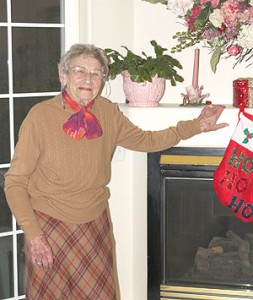
The Times-Independent ran an excellent piece on Maxine just a few weeks ago.
For more on MAXINE, read JEAN McDOWELL and the Dan O’Laury Moab Museum’s wonderful interview with her from 2003.
To read the PDF version of this article, click here and here.
Don’t forget the Zephyr ads! All links are hot!


